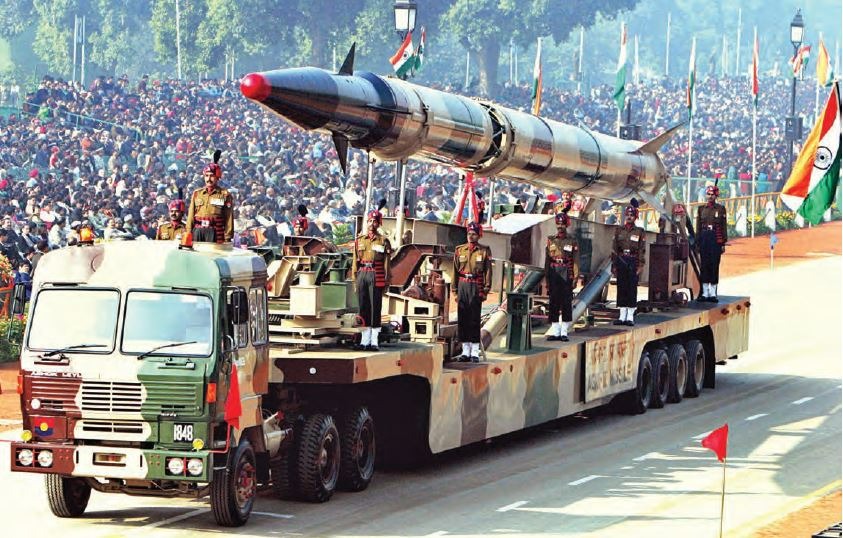Defence Manufacturing: Building a Nation’s Strength
Defence manufacturing is a vital industry that supports national security, sovereignty, and economic growth. It involves the production of military equipment, weapons, and technologies that empower armed forces to protect and defend a nation. As global threats evolve, the demand for advanced defence manufacturing capabilities continues to rise, making it a cornerstone of any nation’s strategic interests.
What is Defence Manufacturing?
Defence manufacturing refers to the design, development, and production of:
- Military Vehicles: Tanks, armored personnel carriers, and combat vehicles.
- Weapons and Ammunition: Firearms, artillery systems, missiles, and explosives.
- Naval Equipment: Warships, submarines, and support vessels.
- Aerospace Systems: Fighter jets, drones, and surveillance aircraft.
- Electronic Systems: Radar, communication systems, and electronic warfare devices.
It encompasses a wide range of industries, from metallurgy and electronics to robotics and artificial intelligence, reflecting the multidisciplinary nature of defence production.
Importance of Defence Manufacturing
- National Security: A robust defence manufacturing sector ensures that armed forces are equipped with cutting-edge technologies and equipment, enhancing their operational readiness.
- Economic Growth: Defence manufacturing stimulates local industries, generates employment, and drives innovation, contributing significantly to a nation’s GDP.
- Self-Reliance: Indigenous production reduces dependency on foreign suppliers, strengthening a nation’s strategic autonomy.
- Technological Advancements: Defence research and development often lead to innovations that have civilian applications, fostering progress in other sectors like healthcare, transportation, and communication.
- Global Standing: A strong defence industry elevates a nation’s position as a global power, opening avenues for international collaborations and exports.
Key Components of Defence Manufacturing
1. Research and Development (R&D)
R&D forms the backbone of defence manufacturing. Investments in advanced technologies like artificial intelligence, quantum computing, and hypersonic systems drive innovation and ensure that military equipment meets modern combat needs.
2. Production and Assembly
Defence production requires specialized facilities equipped to handle large-scale manufacturing while adhering to stringent quality and safety standards.
3. Testing and Certification
Every piece of military equipment undergoes rigorous testing to ensure reliability, durability, and performance under extreme conditions.
4. Supply Chain Management
The defence sector relies on a robust supply chain that includes raw materials, components, and sub-assemblies. Efficient logistics and inventory management are critical to meeting production timelines.
5. Maintenance and Support
Post-production services, including repair, maintenance, and upgrades, are vital for extending the lifecycle of defence systems and ensuring they remain operational.
Trends in Defence Manufacturing
- Digital Transformation: The adoption of Industry 4.0 technologies, such as 3D printing, IoT, and advanced simulations, is revolutionizing production processes.
- Autonomous Systems: The rise of drones and unmanned vehicles reflects a shift towards reducing human involvement in high-risk combat zones.
- Sustainability: Eco-friendly manufacturing practices, including energy-efficient processes and the use of recyclable materials, are becoming a priority.
- Cybersecurity Integration: With increasing reliance on digital systems, securing defence networks against cyber threats is paramount.
- Global Collaboration: Defence manufacturing is witnessing partnerships across nations to co-develop and co-produce advanced systems.
Defence Manufacturing in India
India’s defence manufacturing sector is experiencing significant growth, driven by government initiatives like Make in India and Atmanirbhar Bharat. The country aims to become a global hub for defence production, leveraging its skilled workforce and growing industrial base.
Key Highlights:
- Indigenous Programs: Projects like the Arjun Main Battle Tank, Light Combat Aircraft (Tejas), and Akash Missile System underscore India’s self-reliance efforts.
- Private Sector Participation: Private companies are increasingly contributing to defence production, fostering competition and innovation.
- Defence Corridors: States like Uttar Pradesh and Tamil Nadu are developing dedicated defence corridors to boost local manufacturing capabilities.
- Export Potential: India is emerging as an exporter of defence equipment, supplying items like radars, patrol vessels, and missile systems to friendly nations.
Challenges in Defence Manufacturing
- Technological Gap: Bridging the gap between domestic capabilities and global standards requires significant investment in R&D.
- High Costs: Defence manufacturing is capital-intensive, with long development cycles and high risk of cost overruns.
- Regulatory Hurdles: Complex procurement processes and stringent regulations can slow down projects.
- Dependence on Imports: Despite efforts to localize, many critical components are still imported, exposing the industry to geopolitical risks.
- Skill Shortage: The sector requires a highly skilled workforce, which can be challenging to build and sustain.
The Future of Defence Manufacturing
The future of defence manufacturing lies in adopting advanced technologies, enhancing collaboration between public and private sectors, and fostering international partnerships. Countries investing in space-based defence, artificial intelligence, and quantum technology will lead the next wave of innovation. Additionally, the focus on sustainable and modular designs will shape the industry’s direction.
Conclusion
Defence manufacturing is more than an industry—it is a strategic necessity that underpins a nation’s security and economic resilience. By investing in cutting-edge technologies, fostering innovation, and building robust supply chains, nations can ensure their armed forces are equipped to meet future challenges. As global threats evolve, the role of defence manufacturing will only grow in significance, making it a cornerstone of modern geopolitics.

